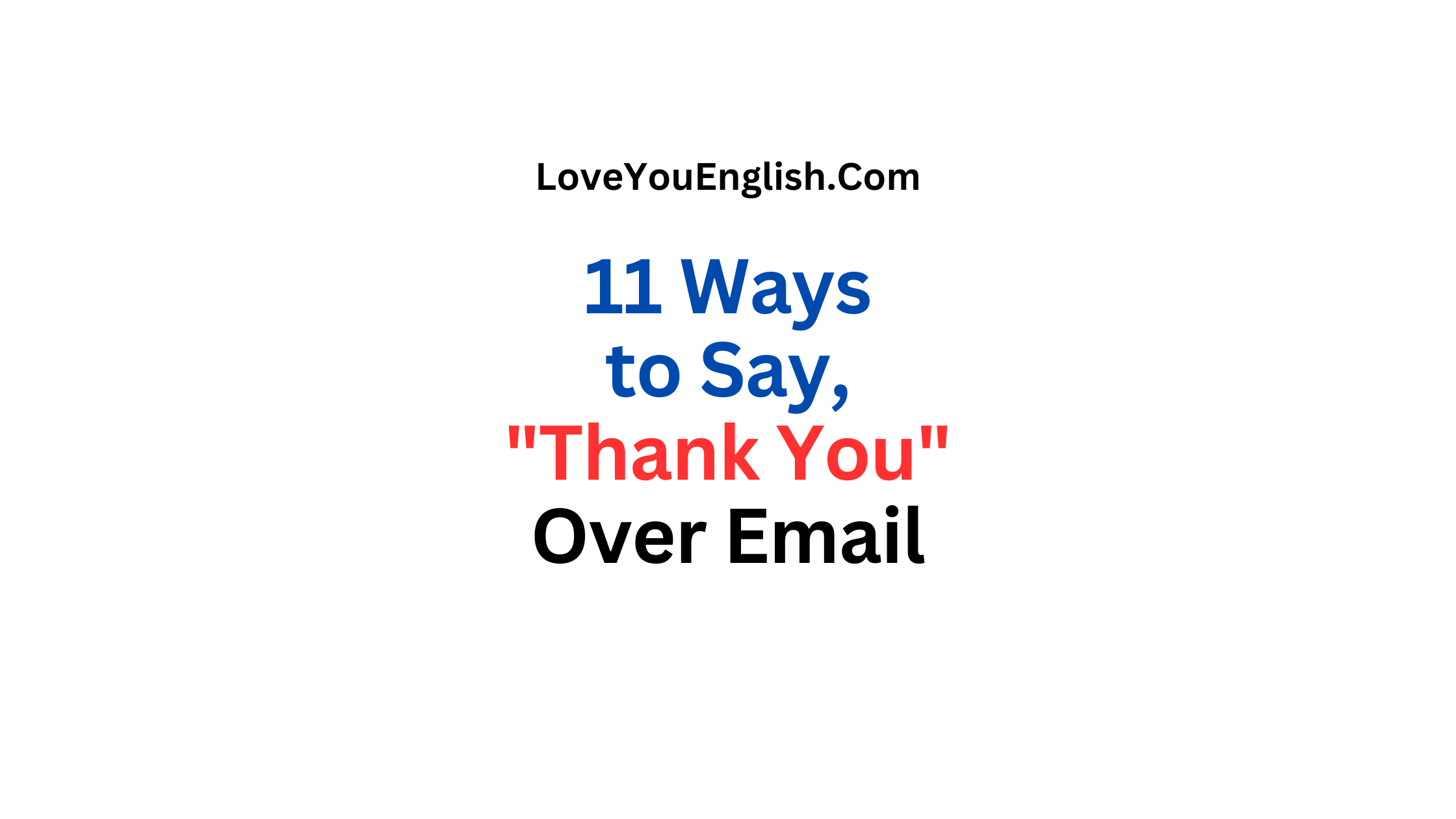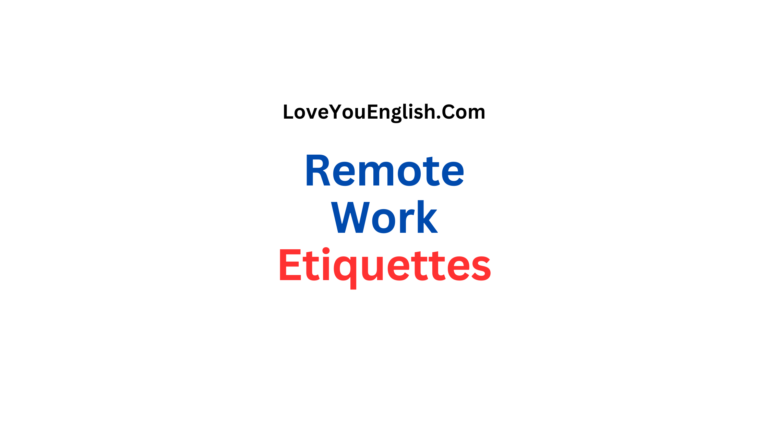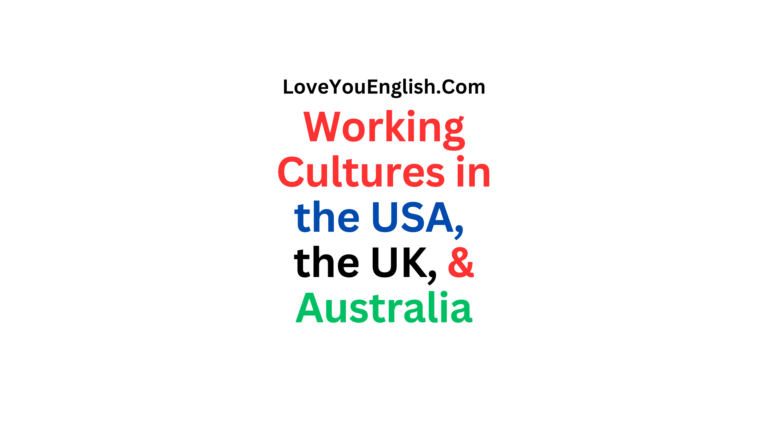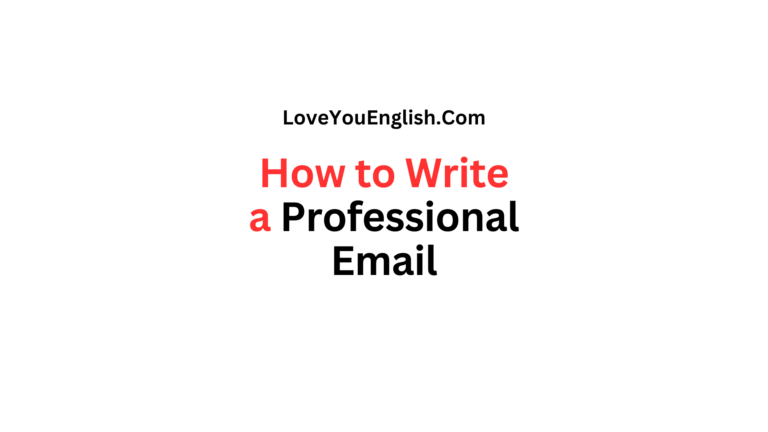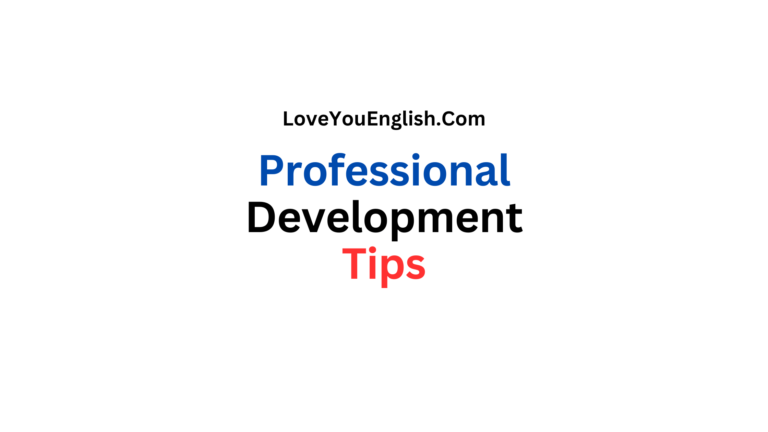11 Ways to Say “Thank You” Over Email, 3 “Thank You” Mistakes to Avoid
11 Ways to Say “Thank You” Over Email, and 3 “Thank You” Mistakes to Avoid
In our busy digital world, it’s easy to forget to show appreciation.
But sending a thoughtful “thank you” email can really stand out, build connections, and help you shine in both your personal life and at work.
I will share 11 great ways to express your thanks through email, plus three common errors to steer clear of.
Whether you’re thanking a coworker for their assistance, a client for their partnership, or a friend for their encouragement, these tips will help you become a pro at showing gratitude online.
11 Ways to Say “Thank You” Over Email
The Classic Appreciation
Sometimes, simplicity is key. A straightforward expression of gratitude can be powerful and sincere.
Example:
“Dear [Name],
I wanted to take a moment to say thank you for [specific action or gesture].
Your kindness/support/help is truly appreciated.
Best regards,
[Your Name]”
This approach works well for quick acknowledgments or when you want to express gratitude without overcomplicating things.
The Detailed Gratitude
When someone has gone above and beyond, it’s worth taking the time to acknowledge their efforts in detail.
Example:
“Hello [Name],
I can’t thank you enough for [specific action]. Your assistance with [details of what they did] has made a significant impact on [outcome or result]. I particularly appreciated how you [specific aspect of their help].
Your support means a lot to me/our team.
Warmest thanks,
[Your Name]”
This method shows that you’ve really thought about their contribution and helps the recipient understand the full impact of their actions.
The Future-Focused Thanks
Sometimes, gratitude can be an opportunity to look forward and strengthen ongoing relationships.
Example:
“Dear [Name],
Thank you so much for [specific action or support].
Your help has been invaluable, and I’m excited about how this will contribute to [future project or goal].
I look forward to our continued collaboration and the chance to work together again soon.
With appreciation,
[Your Name]”
This approach is particularly useful in professional settings where you want to maintain and build upon existing relationships.
The Immediate Follow-Up
When someone has just done something for you, a prompt thank you can be very impactful.
Example:
“Hi [Name],
I wanted to send a quick note right away to say thank you for [specific action]. Your prompt assistance/support made a real difference in [specific outcome].
Thanks again for your help!
Best,
[Your Name]”
The immediacy of this response shows that you value the person’s time and effort, and it helps to reinforce positive behavior.
More cool topics:
- Top 10 Interview Tips That Will Help You Get Hired
- How to Write a Complaint Email in 8 Steps
- Top 10 Personal Interview Questions (Plus Tips for Answering)
- Tips for Successful Online Video Interviews
The Team Acknowledgment
When expressing gratitude on behalf of a team or organization, it’s important to convey the collective appreciation.
Example:
“Dear [Name],
On behalf of the entire [team/department/company], I want to express our sincere gratitude for [specific action or contribution]. Your [expertise/effort/support] has significantly impacted our [project/goal/outcome].
The team has specifically noted [particular aspect of their contribution] and how it has [specific positive result].
We are truly thankful for your involvement and look forward to future opportunities to work together.
With deepest appreciation,
[Your Name] and the entire [Team/Department/Company] team”
This approach ensures that the recipient understands the wide-reaching impact of their actions and feels valued by the entire group.
The Personal Touch
Adding a personal anecdote or observation can make your thank you feel more genuine and memorable.
Example:
“Hello [Name],
I wanted to thank you for [specific action]. Your support reminded me of [personal anecdote or observation]. It’s people like you who make [workplace/community/project] such a great place to be.
Your kindness has truly made a difference, and I’m grateful for it.
Warmly,
[Your Name]”
This method helps to build a deeper connection by sharing something personal, making the gratitude feel more authentic and heartfelt.
The Reciprocal Offer
Sometimes, the best way to show appreciation is by offering something in return.
Example:
“Dear [Name],
Thank you so much for [specific action or support]. Your help has been invaluable, and I’m truly grateful.
I’d love to return the favor if there’s ever anything I can do to assist you. Please don’t hesitate to let me know if there’s any way I can help in the future.
With sincere thanks,
[Your Name]”
This approach not only expresses gratitude but also opens the door for future positive interactions and mutual support.
The Quantifiable Impact
When possible, providing specific metrics or results can really drive home the impact of someone’s help.
Example:
“Hi [Name],
I wanted to reach out and thank you for your help with [specific project or task]. Thanks to your contribution, we were able to [specific quantifiable result, e.g., “increase sales by 20%” or “complete the project two weeks ahead of schedule”].
Your expertise and effort have made a significant difference to our success.
Gratefully,
[Your Name]”
By providing concrete numbers or results, you’re helping the recipient understand the tangible impact of their actions, which can be very rewarding.
The Gratitude Sandwich
This technique involves starting and ending your email with expressions of thanks, sandwiching the details in between.
Example:
“Dear [Name],
Thank you for your incredible support with [specific project or task]. Your assistance has been invaluable.
[Details about the project, results, or impact of their help]
Once again, I can’t thank you enough for your time and effort. It’s truly appreciated.
Best regards,
[Your Name]”
This method ensures that your gratitude is the first and last thing the recipient reads, reinforcing the message of appreciation.
The Creative Thank You
For less formal situations or with people you know well, a creative or humorous approach can be memorable and endearing.
Example:
“Hey [Name],
You know that feeling when you’re stuck in quicksand, and someone throws you a rope? That’s how I felt when you [specific action or support]. You’re my official superhero of the day!
Seriously, though, thank you so much for your help. It made a world of difference.
You rock!
[Your Name]”
While this approach isn’t suitable for all situations, it can be a fun way to express gratitude in more casual relationships or environments.
The Delayed Gratitude
Sometimes, the full impact of someone’s help isn’t immediately apparent.
In these cases, a delayed thank you can be very powerful.
Example:
“Dear [Name],
I hope this email finds you well. I wanted to reach out regarding the help you provided [timeframe, e.g., “last month”] with [specific action or support].
I’ve had some time to reflect on the impact of your assistance, and I realized I hadn’t properly thanked you. Your support has led to [specific positive outcomes], and I’m truly grateful for your contribution.
Thank you for making such a lasting difference.
With belated but sincere appreciation,
[Your Name]”
This approach shows that their actions have had a lasting impact and that you’ve taken the time to reflect on and appreciate their help.
3 “Thank You” Mistakes to Avoid
While expressing gratitude is generally positive, there are a few pitfalls to be aware of when crafting your thank you emails.
Here are three common mistakes to avoid:
The Generic, Impersonal Thank You
One of the biggest mistakes in expressing gratitude is sending a generic, one-size-fits-all message that could apply to anyone.
Example of what to avoid: “Thank you for your help. It was appreciated.”
This type of message feels hollow and can actually have the opposite effect of what you intend. It may come across as an obligation rather than genuine appreciation.
Instead, always take the time to personalize your message. Mention specific actions, results, or qualities that you’re thankful for.
This shows that you’ve put thought into your gratitude and truly value the person’s contribution.
The Overused Thank You
While gratitude is important, constantly sending thank you emails for every little thing can dilute their impact and potentially become annoying.
For instance, if you’re working on a project with a colleague and send a separate thank you email for every small task they complete, it might start to feel excessive.
Instead, save your thank you emails for more significant contributions or bundle your appreciation for multiple actions into one thoughtful message.
This ensures that your gratitude remains meaningful and doesn’t become background noise.
The Backhanded Thank You
Sometimes, in an attempt to be funny or to address issues, people inadvertently turn their thank you into a criticism or complaint.
Example of what to avoid: “Thanks for finally getting that report to me. I was beginning to think you’d forgotten about it entirely!”
This kind of message undermines the gratitude and can create tension or resentment.
If there are issues to address, it’s better to do so separately from your expression of thanks.
Instead, keep your thank you messages positive and focused on what you’re genuinely appreciative of.
If there are concerns to discuss, schedule a separate conversation to address them constructively.
Conclusion
Knowing how to say “thank you” in an email is super important for both your personal life and your job.
By changing how you say it depending on who you’re talking to and the situation, you can make sure your thanks feel real, powerful, and appreciated.
The secret to a great thank you email is to be specific, sincere, and send it at the right time.
Whether you choose one of the 11 ways we’ve shared or come up with your own style, always make your message personal and think about how the other person’s actions made a difference.
It’s also crucial to avoid common mistakes like using boring, overused phrases or giving backhanded compliments.
If you can dodge these errors, your thanks will always be taken the right way.
In a time when texting and emailing can feel a bit cold, a thoughtful thank you email really shines.
It helps build stronger connections, lifts people’s spirits, and encourages a culture of appreciation.
So, the next time someone does something nice for you, take a moment to send them a heartfelt thank you email. It’s a small act that can really mean a lot.
Always remember, gratitude isn’t just about the words; it’s about making the other person feel valued.
With these tips, you’re ready to show your appreciation in a meaningful way, no matter the situation.
So go ahead, share some gratitude, and see how it can improve your relationships at school and work!

